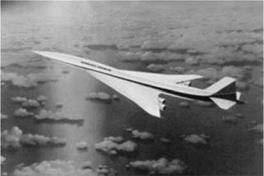Current Military Aircraft Design Trends
This extended section of the book can be found on the Web at www. cambridge .org/Kundu and gives a brief overview of today’s military aircraft design trends, covering typical cost frame, operational roles, and design challenges. Figure 1.10 shows the Antanov A70. Figure 1.11 shows (a) F117 Nighthawk, (b) F22 Raptor, and B2 Bomber.
Figure 1.10. Antanov A70
Figure 1.11. Current combat aircraft
1.2 Future Trends
One does not have to be a prophet to predict near-future trends in the next two to three decades – the same time-frame during which younger readers will begin their career and prepare for the challenges required. It is clear that the vehicle-capability boundaries will be pushed to the extent permitted by economic and defense factors and infrastructure requirements (e. g., navigation, ground handling, and support, etc.). It is no exception from past trends that speed, altitude, and payload will be expanded in both civil and military capabilities. Reference [7] provides coverage on the aircraft-design process in the next few decades. In technology, smart
Figure 1.12. Supersonic transport aircraft
 material (e. g., adaptive structure) will gain ground, microprocessor-based systems will advance to reduce weight and improve functionality, and manufacturing methodology will become digital. However, unless the price of fuel increases beyond affordability, investment in aerodynamic improvement will be next in priority.
material (e. g., adaptive structure) will gain ground, microprocessor-based systems will advance to reduce weight and improve functionality, and manufacturing methodology will become digital. However, unless the price of fuel increases beyond affordability, investment in aerodynamic improvement will be next in priority.
Readers are advised to search various Web sites for information on this topic.













